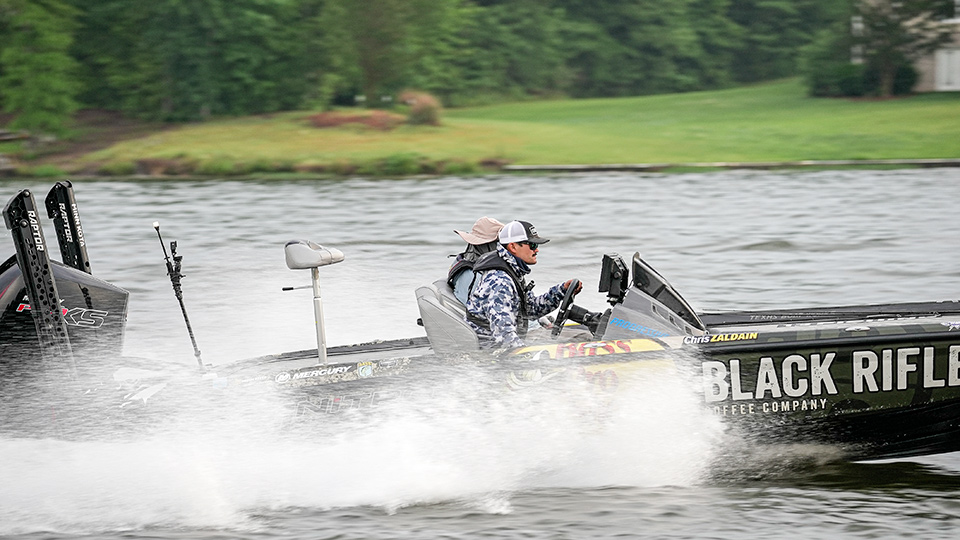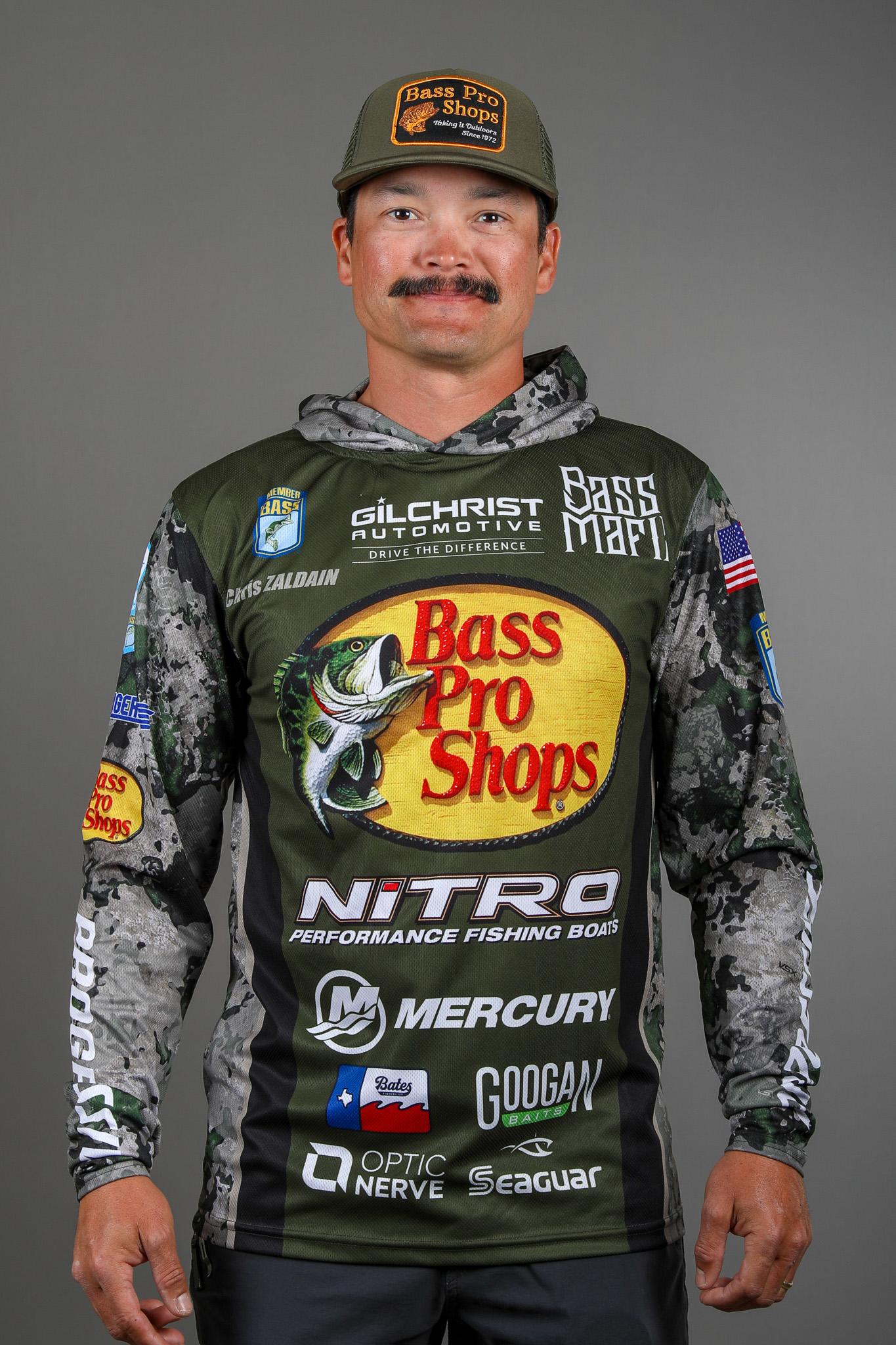
Immediately after the bass finish spawning, they always go into a two-week funk. It seems like every one of them have lockjaw. The bass have yet to gang up on offshore structure, and it’s tough to get bites in shallow water.
Tournaments at this time can be a grind for any angler. I attribute my recent string of poor finishes on the Bassmaster Elite Series tour to not making the right adjustments to overcome this troubling phase.
It has forced me to think about what I should have done in those events. In hindsight, I’ve come up with some things that might have put more bass in my livewell. I’m hoping they can help you make the most of your postspawn grind.
As postspawn bass begin moving toward deeper water, it’s important to remember that there are fewer of them in the shallows.
I should have invested more time doing what I call “reversing the spawn.” That’s basically checking places where the bass were staging during the prespawn phase.
This includes secondary points, channel swing banks and any place where you were catching prespawn bass a month ago. As the bass back out from after spawning, they stop in these same areas.
The difference is that you need to change your presentation. Before the bass spawn, slower retrieves are typically more productive, such as flipping and slow rolling a spinnerbait or bladed jig. Because the water is 10 to 20 degrees warmer after the spawn, the bass are more receptive to upbeat retrieves.
I missed an opportunity at Lay Lake by not spending more time looking for an early-morning, low-light shad spawn. It’s obvious when you find it because you can see the water boiling with shad and feeding bass.
Prime locations are riprap, seawalls and shoreline grass in water 3 feet deep or less. This is a quick, run-and-gun style of fishing. You have only the first 60 to 90 minutes of the morning to make hay. Power fishing with shad imitating spinnerbaits, crankbaits and topwater baits works well.
Another strategy that will keep you in touch with bass at this time is to look for bluegill beds, or “bream beds” as the Southerners call them. You’ll find them on main lake saddles and flats and on gravel beaches in little coves off the main lake.
You can often see the honeycomb beds with your eyes. I’ve also used Humminbird 360 sonar to find bluegill beds that are too deep to see. I promise you that every single cluster of beds will have a bass hunting it at some time. To a bass, bluegill beds are like the drive-thru at McDonald’s.
It pays to check these beds four or five times a day. I like to toss a wacky rigged green pumpkin or watermelon red Googan Squad Baits Lunker Log to the beds. My favorite tactic is to “bloop-bloop-bloop,” a black Googan Squad Poppin’ Filthy Frog over the shallowest beds.
As you grind to catch postspawn bass, keep in mind that it only takes a day for the bass to school up offshore and go nuts. Don’t overlook it.





